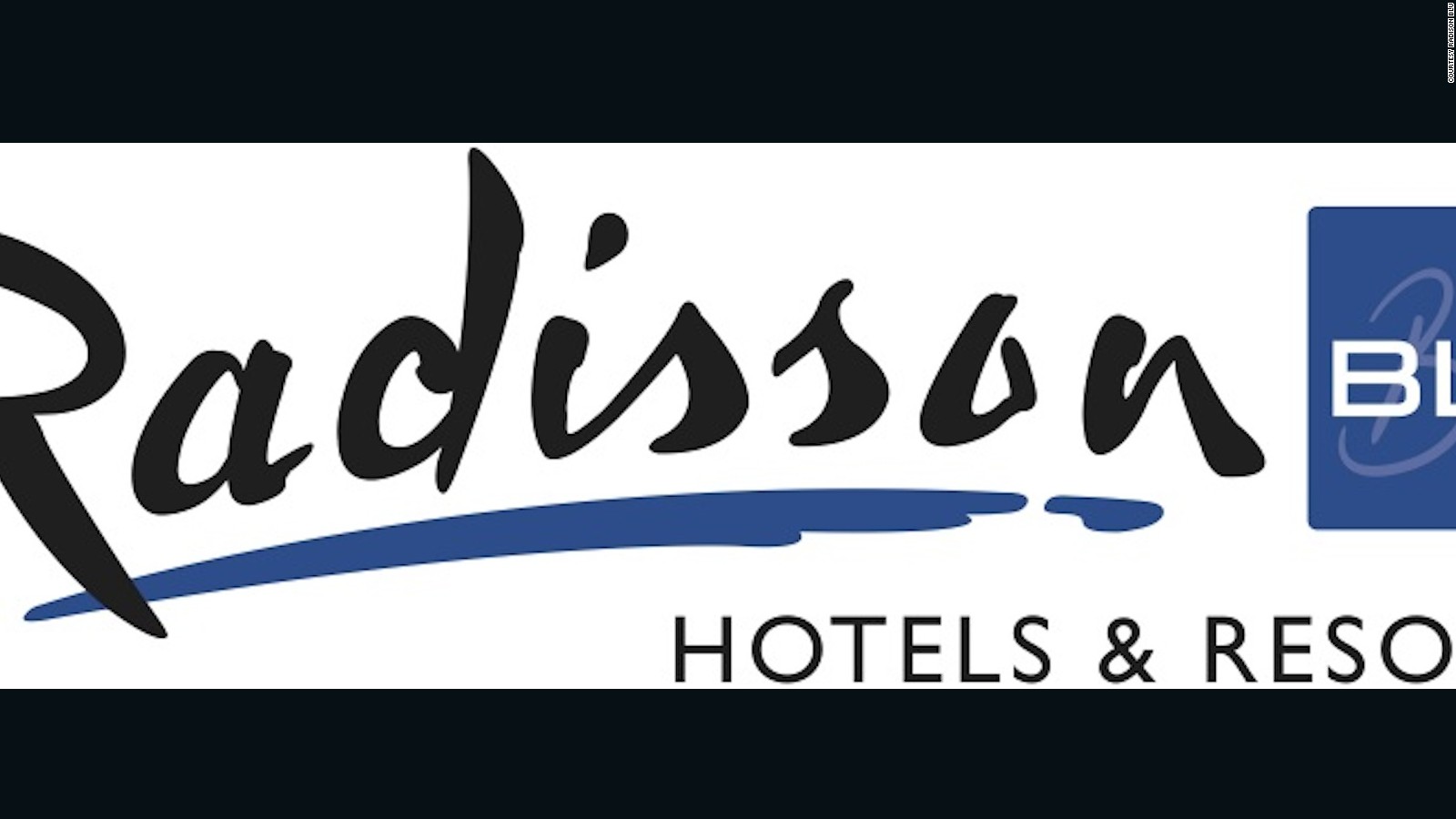Hey, honey. Want to know the buzz on bee tourism? Well, it’s a thing, for starters. Concern over a declining bee population is translating into a buzz over destinations focused on their A-Bee-Cs. Here are five places around the world that are, simply put, the bee’s knees.
Slovenia
The first stop for a traveling apiphiliac (bee lover) is Slovenia. As the only EU country officially protecting its little critters, the southern Euro nation is the Queen Bee. Slovenia is considered the cradle of modern apitherapy and beekeeping has been part of its culture since days of yore. Wanna-bees can visit beekeepers, learn about biodynamic beekeeping and best yet, enjoy restorative apitherapy treatments. What’s on the spa menu? Honey and bee venom massages and beeswax thermotherapy, for starters. There’s also napping on beehives, which apparently is very calming. Snooze while breathing in bee emanations and listening to bee conversations, which drone on and on like white noise. Check out tour operator Apiroutes to get the latest buzz.

France
L’abeilles is the French word for bees. The hunt for l’abeilles (and no, French bees do not wear berets) starts in Paris. The swanky Mandarin Oriental has a penthouse for them. Ooh la la. Rooftop hives house 50,000 very busy bees, who produce honey used by the chef and by bartenders mixing up honey-inspired cocktails. Hotel guests who reuse towels are even rewarded for bee-ing green with a jar of house-made honey. In the countryside, the Rhône-Alpes region is honey heaven. Les Fermes de Marie specializes in holistic spa treatments based on the healing powers of honey. Vendors at the street market in the nearby village of Megève sell an entire range of bee products.
New Zealand
Honey from down under is creating quite a buzz with its health benefits attracting both the curious and the sweet-toothed. The country has thousands of beekeepers managing more than 500,000 hives. In the North Island’s far north, api-fanatics can go on hive tours focusing on how honey is made and the intricacies of the bee caste system. Bay of Plenty is the home of Comvita, a producer of Manuka—today’s “it” honey. Aside from sampling the sticky stuff at company headquarters, visitors can be a bee in a virtual beehive and take educational tours explaining how bees do their thing. In Dunedin on the South Island, the Blueskin Bay Honey company recently launched two-hour hive adventures enabling visitors to try their hand at beekeeping.
Uganda
Closer to the equator, there are several beekeeping cooperatives in Uganda. Visitors to the Bunyangabu Beekeeping Cooperative in Rubona can learn about the beekeeping process and how it benefits the community. They can also participate in candle-making workshops and honey-tasting sessions. Guests staying at Kyambura Gorge Lodge in Kichwamba can tour the Omumashaka Bee Keepers Cooperative and purchase honey there.
Canada
In North America, there is a hotel brand of choice for bees. The Fairmont Royal York in Toronto has been the innovator—opening the first hotel rooftop apiary in the world in 2008. That same year, Fairmont became the first luxury hotel brand to develop a brand-wide Bee Sustainable program. The majority of Fairmont Hotels in the United States and Canada now wax poetic about the honeybee hives on their roofs. Resultant nectar is used in Fairmont hotel bars, restaurants and spas.
This story originally appeared here.
Slovenia
The first stop for a traveling apiphiliac (bee lover) is Slovenia. As the only EU country officially protecting its little critters, the southern Euro nation is the Queen Bee. Slovenia is considered the cradle of modern apitherapy and beekeeping has been part of its culture since days of yore. Wanna-bees can visit beekeepers, learn about biodynamic beekeeping and best yet, enjoy restorative apitherapy treatments. What’s on the spa menu? Honey and bee venom massages and beeswax thermotherapy, for starters. There’s also napping on beehives, which apparently is very calming. Snooze while breathing in bee emanations and listening to bee conversations, which drone on and on like white noise. Check out tour operator Apiroutes to get the latest buzz.

France
L’abeilles is the French word for bees. The hunt for l’abeilles (and no, French bees do not wear berets) starts in Paris. The swanky Mandarin Oriental has a penthouse for them. Ooh la la. Rooftop hives house 50,000 very busy bees, who produce honey used by the chef and by bartenders mixing up honey-inspired cocktails. Hotel guests who reuse towels are even rewarded for bee-ing green with a jar of house-made honey. In the countryside, the Rhône-Alpes region is honey heaven. Les Fermes de Marie specializes in holistic spa treatments based on the healing powers of honey. Vendors at the street market in the nearby village of Megève sell an entire range of bee products.
New Zealand
 |
| Photo Credit: Isabella Harrex |
Uganda
Closer to the equator, there are several beekeeping cooperatives in Uganda. Visitors to the Bunyangabu Beekeeping Cooperative in Rubona can learn about the beekeeping process and how it benefits the community. They can also participate in candle-making workshops and honey-tasting sessions. Guests staying at Kyambura Gorge Lodge in Kichwamba can tour the Omumashaka Bee Keepers Cooperative and purchase honey there.
 |
| Photo Courtesy of Fairmont Royal York |
In North America, there is a hotel brand of choice for bees. The Fairmont Royal York in Toronto has been the innovator—opening the first hotel rooftop apiary in the world in 2008. That same year, Fairmont became the first luxury hotel brand to develop a brand-wide Bee Sustainable program. The majority of Fairmont Hotels in the United States and Canada now wax poetic about the honeybee hives on their roofs. Resultant nectar is used in Fairmont hotel bars, restaurants and spas.
This story originally appeared here.























